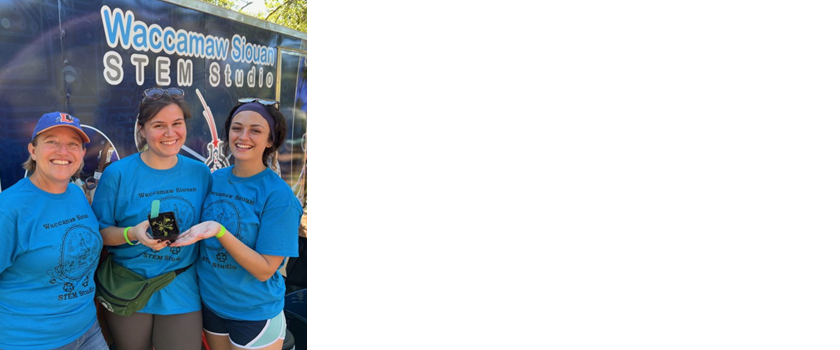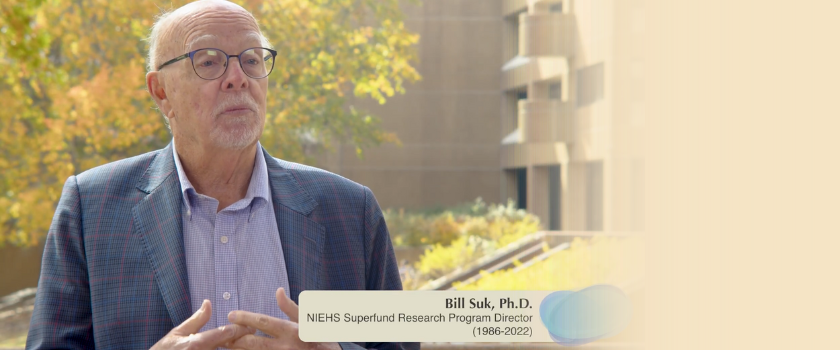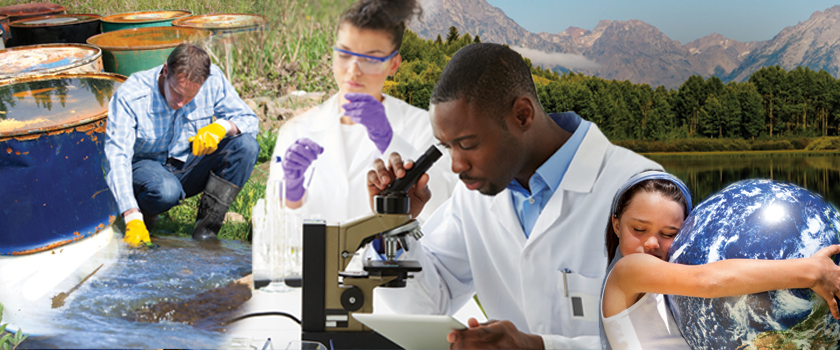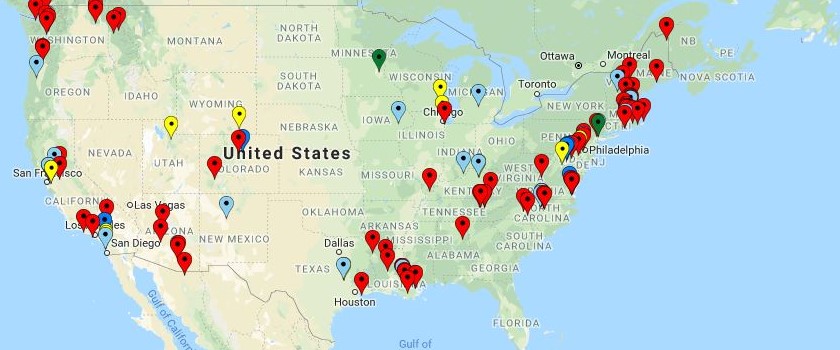-

Duke SRP Center Promotes Garden Safety
Researchers at the NIEHS-funded Duke University Superfund Research Program (SRP) Center are using outreach and community-engaged research to help North Carolina residents identify, understand, and manage risks related to soil contamination. Center staff also develop a variety of tools to help residents identify contaminant sources near their gardens. To learn more, visit this news story.
-

SRP is hosting a Progress in Research webinar series showcasing federally funded researchers developing curricula and educational programs focused on emergent technologies in the sphere of occupational health and safety. Over the three sessions, awardees will highlight their research projects, accomplishments, and demonstrate research products – included in this group of researchers are SRP’s 7 R25 grant recipients.
-

Podcast: PFAS in Drinking Water: Responding to Community Concerns
Jane Hoppin, Sc.D., a project leader with the University of North Carolina SRP Center was featured in an NIEHS Partnerships for Environmental Public Health podcast. The episode focuses on the GenX Exposure study, which was launched in response to North Carolina residents’ concerns following the discovery of PFAS in their drinking water.
-

SRP Releases New Video, Highlighting Collaboration and Innovation
Watch the Superfund Research Program (SRP)'s new video to learn how SRP reduces contamination, protects human health, creates partnerships, shares results, and trains the next generation of scientists.
-

NIEHS Superfund Research Program (SRP)-funded researchers, led by Heileen Hsu-Kim, Ph.D., of the Duke University SRP Center, provided insight into how and at what timescale mercury changes within a wetland ecosystem. They found mercury from different sources is converted into other mercury forms that eventually have similar properties. This finding can inform environmental management or pollution control strategies.
-

Check out the March 2024 issue of the SRP Science Digest, which showcases SRP research providing practical, scientific solutions to protect health, the environment, and communities.
-

Where We Work
If you are interested in learning more about where SRP grant recipients are working, check out the SRP map to see the locations of SRP grant recipients, as well as hazardous waste sites where they conduct research or outreach.
-

SRP Search Tools
SRP has five search tools to help you learn more about the projects and researchers funded by the Program. The new SRP Faceted Search tool allows you to apply one or more filters to browse information about SRP projects. Filters include chemicals studied, health outcomes, environmental media, and remediation approaches.
-

Read the latest publications from SRP researchers.
The NIEHS Hazardous Substance Basic Research and Training Program (Superfund Research Program [SRP]) provides practical, scientific solutions to protect health, the environment, and communities. As part of NIEHS, an Institute of the National Institutes of Health, SRP works to learn more about ways to protect the public from exposure to hazardous substances, such as industrial solvents, arsenic, lead, and mercury. These and other toxic substances are found in contaminated water, soil, and air at hazardous waste sites throughout the United States.
SRP funds university-based grants on basic biological, environmental, and engineering processes to find real and practical solutions to exposures to hazardous substances. These activities complement the work of the U.S. Environmental Protection Agency, the Agency for Toxic Substances and Disease Registry, and other federal and state agencies.
In keeping with the NIEHS mission, SRP's teams of diverse professionals develop, test, and implement unique, solution-oriented approaches to address complex environmental health problems. These teams study environmental contaminants in order to lower environmental cleanup costs, reduce human exposure, and improve human health. SRP's central goal is to understand and break the link between chemical exposure and disease.
To instantly hear about SRP news, research advances, events, and job opportunities for SRP trainees, follow @SRP_NIEHS on X (formerly Twitter).











